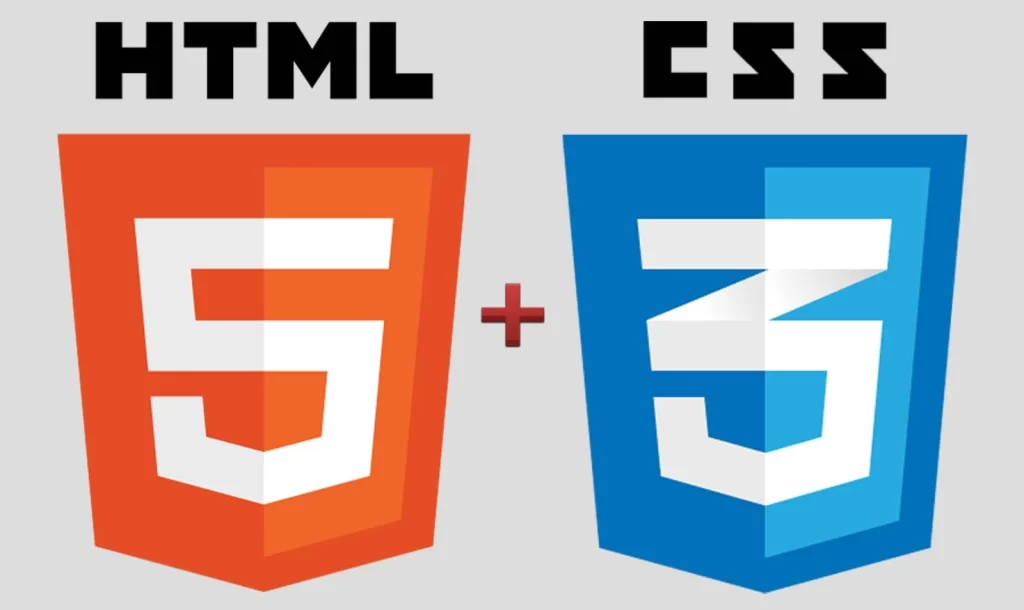
Web design
Basic fundamentals
- Understand the key concepts of visual web design
- Know the basics of HTML
- Understand CSS
- Learn the foundation of UX design
- Familiarize yourself with UI design
- Understand the basics of creating layouts
- Learn about typography
- Put knowledge into action and build something
- Get a mentor
What is web design and what elements make it work
If you want to learn how to design websites, the first step is understanding what exactly web
design is.
Web design is part artistry and part science, tapping into both the creative and analytical sides of a
person’s mind.
Web designers take what’s conceptual and translate it into visuals. Images, typography, colors,
text, negative space, and structure come together offering not only a user experience but a conduit
for communicating ideas. Web design skills cover a variety of techniques and expertise in creating
websites that are both functional and visually engaging.
A good web designer understands the significance of each piece of a design. They make choices on
a granular level, styling each element, while never losing sight of how the elements will come
together and function in delivering on the design’s greater goals.
Web designs are powered by the back end
The back end is everything that runs behind the scenes in displaying a website. Websites reside on
servers. When a user requests to navigate to a specific section of a website, the server takes this
incoming information and in turn, shoots out all of the HTML and other code so that it displays in the
user’s browser correctly. Servers host the data a website requires to function.
Web developers who specialize in back-end development are often programmers who work in such
languages as PHP. They also might use a Python framework like, write Java code, manage SQL
databases, or use other programming languages or frameworks to make sure that servers,
applications, and databases are all working together.
Front end relates to what site visitors see
The back end is considered the server side while the front end is the client side. The front end is
where HTML, CSS, JavaScript, and other code work together to display a website. This is the part of aweb design that people engage with.
Good visual design make websites stand out
Though the best web designs look effortless in execution, they’re all based on the guiding
principles of visual design. Though there are those rare web designers who have an innate eye for
visual design, for most of us, this is a topic that we must learn on our own.
Those who can tell the difference between good and bad design will have an easier time learning
web development. Understand how visual design works. Know the rules of composition and
understand how elements like shapes, space, color, and geometry come together.
Learning how to be a web designer also means understanding the history of design and web design
trends.
How to become a web designer
- Understand the key concepts of visual design
- Line
Every letter, border, and division in a layout is made up of lines that make up their greater
structure. Learning web design means understanding the how to use lines to create order
and balance in a layout. - Shapes
The three basic shapes in visual design are squares, circles, and triangles. Squares and
rectangles work for blocks of content, circles work for buttons, and triangles are often used
for icons. - Texture, color
Different kinds of textures that can make your designs more interesting and can give them
a sense of physicality.
Understanding the color wheel, complementary colors, contrasting colors will make you a
better web designer. A huge part of knowing how to web design is knowing what color
combinations look good together. - Grids
They bring order to images, texts, and other elements in a web design. Learn how to
structure your web layouts using grids.
- Learn HTML basics
HTML tags are the instructions a browser uses to generate a website. Headings,
paragraphs, links, and images are all controlled by these tags. You’ll especially want to know
how header tags like H1, H2, and H3 tags are used for content hierarchy.
In addition to affecting layout structure, header tags are important in how web crawlers
classify a design and affect how they show up in organic search rankings. - Understand CSS
CSS provides styling and additional instructions on how an HTML element is going to
appear. Doing things like applying fonts, adding padding, setting alignment, choosing colors,
and even creating grids are all possible through CSS.
- CSS classes
A CSS class is a list of attributes that come together in styling an individual element.
Something like body text could have the font, size, and color as part of a single CSS class.
- Learn the foundation of UX design
Those who want to learn web development often confuse UI and UX. User experience is
the magic that brings a website to life, transforming it from a static arrangement of elements
into something that engages with the emotions of someone scrolling through it.
The color scheme, content, typography, layout, and visuals all come together to serve your
audience. User experience design is about precision and evoking feelings. It offers someone
not only a smooth journey but connects them with the entity or brand behind the web
design.
- User flows
Constructing user flows may come into play when you work your way up to more
extensive design projects, but you’ll be better off in the future if you start thinking about
these and building them out for your early designs.
User flows communicate how people will move through a design. They help you to
prioritize the most important sections and make sure that people can access them. - Wireframes
Wireframes show where on a web page headings, text, visuals, forms, and other elements
are going to be placed. Even if you’re building a simple one-page web design, mapping out a
wireframe will give you a solid guide to work from.
As you move on to more complicated websites, wireframes are essential in creating a
consistent experience, structuring layouts, and not missing anything that needs to be

